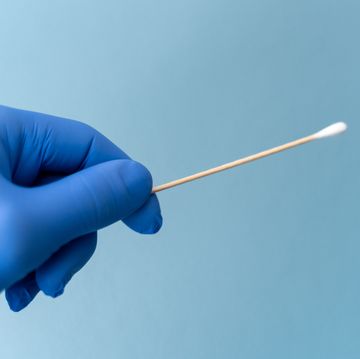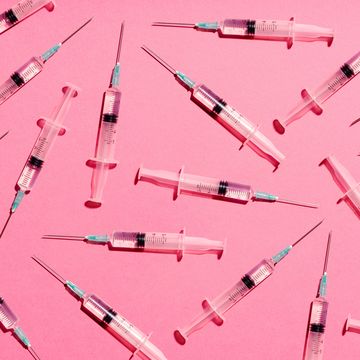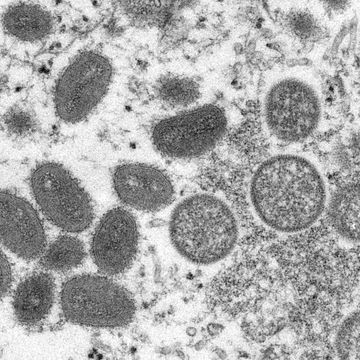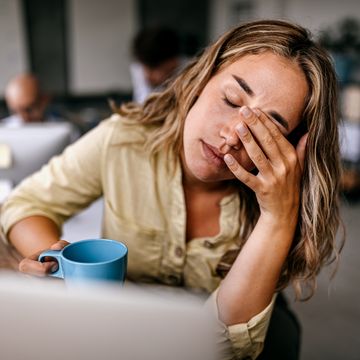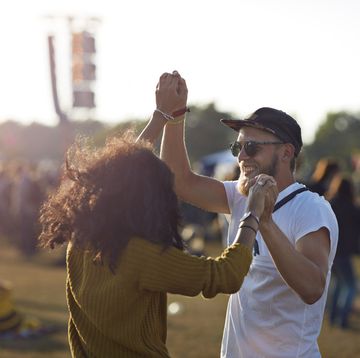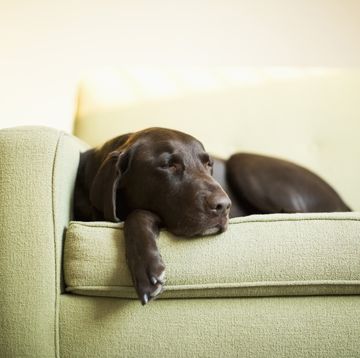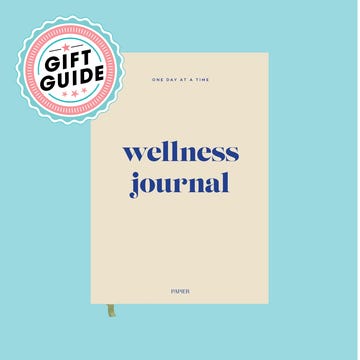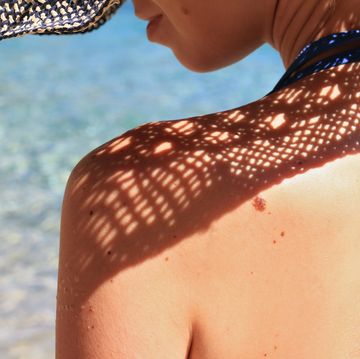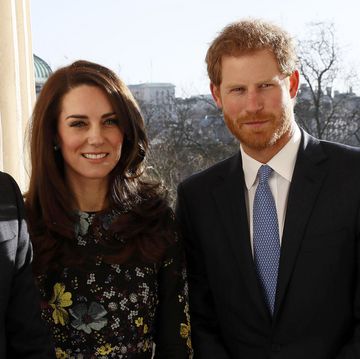Monkeypox continues to spread across the country, jumping up by several hundred cases a day, according to data from the Centers for Disease Control and Prevention (CDC). Nine children have also been diagnosed with the virus.
Health officials urge people who suspect they may have monkeypox to get tested and isolate if they test positive. And, while you’re probably familiar on some level with quarantine and isolation due to COVID-19, things are a little different for monkeypox.
So, what are monkeypox quarantine and isolation guidelines? Here’s what you need to know.
When to quarantine with monkeypox
Just a quick recap on infectious disease lingo, per the CDC: Quarantine is what someone does when they’ve had a known exposure to an illness; Isolation is what you do when you have a confirmed infection.
The CDC does not have official quarantine recommendations on what to do if you’ve been exposed to someone with monkeypox or if you suspect you have the virus. “Be very careful to avoid skin-to-skin contact with other people during this time,” says William Schaffner, M.D., infectious disease specialist and professor at the Vanderbilt University School of Medicine. “This is a virus that is transmitted most readily in that circumstance.”
If you’ve had close contact with someone with monkeypox but haven’t developed symptoms, you can also try to get the monkeypox vaccine to try to prevent yourself from getting sick, says Thomas Russo, M.D., professor and chief of infectious disease at the University at Buffalo in New York.
When to isolate with monkeypox
If you have a confirmed case of monkeypox, the CDC recommends that you isolate at home or another location to avoid spreading the virus to other people.
If you have a fever or any respiratory symptoms, including a sore throat, nasal congestion, or cough, the CDC says you stay isolated at home and away from other people and animals unless you need to see a doctor or have an emergency. If you need to leave your home, the CDC suggests that you cover the lesions, wear a well-fitting mask, and avoid public transportation.
If you have a rash but no fever or respiratory symptoms, the CDC suggests that you cover the rash with clothes, gloves, or bandages and wear a well-fitting mask when you interact with others to avoid spreading oral and respiratory secretions.
Until you’re symptom-free, the CDC recommends that you do the following in isolation:
- Don’t share items that you’ve worn or handled, like linens and towels.
- Avoid close physical contact, including sexual and close intimate contact with other people.
- Don’t share utensils or cups.
- Avoid crowds.
- Wash your hands often with soap and water, or use an alcohol-based hand sanitizer.
The CDC also offers up a few more tips online, including:
- Avoid using contact lenses to avoid accidentally infecting your eye.
- Try to avoid shaving rash-covered areas of your body, since it could cause the virus to spread.
- If possible, use a separate bathroom from other people in your household. (If you don’t have a separate bathroom, clean and disinfect surfaces after you’re done using it.)
“If someone shares a house with someone without monkeypox, they really have to refrain mostly from close contact with another because it is not a very contagious infectious disease,” says Amesh A. Adalja, M.D., a senior scholar at the Johns Hopkins Center for Health Security.
How long is monkeypox isolation?
The CDC notes that people can spread monkeypox from the time symptoms start until all symptoms have resolved. Since the illness can last anywhere from two to four weeks, you could be in isolation for a while.
Technically, you’re still infectious “until those lesions scab over and fall off,” Dr. Russo says, and the exact timeline for that is different for everyone.
“The isolation period of monkeypox varies depending upon the individual,” Dr. Adalja says. “It is basically for the duration that the rash is present.”
In general, “when your skin looks normal again or virtually normal,” you should be OK to leave isolation, Dr. Schaffner says.
This article is accurate as of press time. However, some of the information may have changed since it was last updated. While we aim to keep all of our stories up to date, please visit online resources provided by the CDC and WHO to stay informed on the latest news. Always talk to your doctor for professional medical advice.

